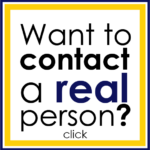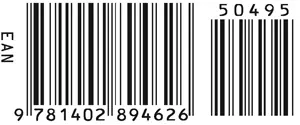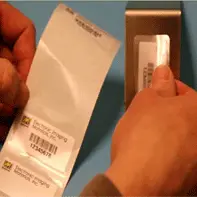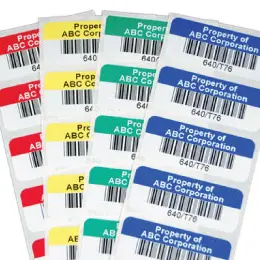Book Publishing and the ISBN 
The ISBN (International Standard Book Number) is a unique, machine-readable number that clearly identifies books, e-books, audiocassettes (remember them?), videos and software. They are not assigned to music, photos or performances and do not include items such as comic books, magazines or periodicals.* The assignment of an ISBN is based on the concept that a book is a “monographic publication” that stands on its own, rather than being printed in serial editions.
The ISBN numbering system has been in use for over 40 years to help standardize publications worldwide. An ISBN will never expire and there are no renewal fees, however, there is only assigned per product so you can’t reuse a number on a different book. If you are not trying to sell your book in a store or on a website, place it in a library, or you are simply giving them away, you do not need an ISBN.
ISBNs are sold in units of 1, 10, 100, and 1000; a single barcode will cost $125 while units of 10 ISBN cost only $250.00. If you are selling a book in different languages, you will need a unique ISBN for each language. If you are making major revisions to a book, another ISBN will be required. The ISBN gets placed on the copyright page and on the back cover, usually with a barcode.
Bookland EAN Barcode
The barcodes found on the back of books are called Bookland EAN or EAN-13 barcode symbols. The EAN barcode is created from the ISBN for a book. Although the EAN barcode is much like that used for general retail merchandise, the numbering system used to generate a barcode for books is different.
As of January 2007, the ISBN moved from a 10 digit to a 13 digit code system. The EAN-13 bar code is divided into five parts – each part separated by a hyphen. It starts with a “978” prefix, followed by a country identifier, a publisher identifier, a title identifier and closes with a check digit that validates the number.
Example: ISBN-10 10 digits: 1234567890 now reads ISBN-13 / EAN: 978-1-234567-89-7

Bookland EAN Add-On Code
An added 5-digit section to the EAN code is often used to designate a price. If the price is less than $100.00, the number starts with a number “5” to designate US currency. Here are a couple of examples:
Price: $4.95 = 50495 –
Price: $249.95 = 24995
The 5 digits can also refer to a publisher’s internal data, but the publisher must use only numbers between 90000 and 98999.

So how do you get an ISBN?
If you are a new publisher in the USA and need one or more ISBNs, you will first need to contact the US ISBN Agency that is responsible for assigning these numbers. R.R. Bowker—the custodian of the ISBN Agency—offers free help in setting up an ISBN system.
The US ISBN Agency
630 Central Avenue
New Providence, NJ 07974
Fax: (908) 219-0188
Email: Isbn-san@bowker.com
While Bowker has ways to get ISBN barcodes printed for you, and you may decide to have the barcode printed right on the book jacket, we hope you will keep Electronic Imaging Materials, Inc. in mind should you decide to use labels instead. It’s a great way to get started when you have limited funds but want to get your manuscript into the marketplace.
*If you are barcoding a monthly publication, you must use a different number called the International Standard Serial Number (ISSN).




